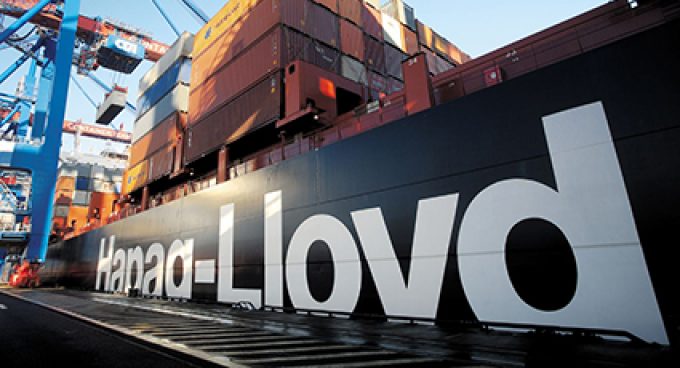Scope 3: the emissions elephant in the room for supply chains
A battle has been raging this year over the grand challenge of Scope 3, or ...

Portchain has signed up Hapag-Lloyd for its AI-powered advanced fleet planning solutions, a further sign carriers are getting serious about improving schedule reliability.
Using predictive algorithms to flag potential disruptions in shipping schedules, Portchain said the software can help a carrier increase its planning horizon, improve ...
MSC switches two more Asia-Europe port calls from congested Antwerp
Canada and Mexico get cosy with trade plan to bypass US
Front-loading frenzy has made traditional H2 peak season 'unlikely'
Tradelanes: Export boom in Indian sub-continent triggers rise in airfreight rates
Carriers introduce surcharges as congestion builds at African ports
Mexican airport modernisation plan unlikely to boost cargo facilities
Tradelanes: Overcapacity on Asia-S America impacting alliances and rates
Ports and supply chain operators weigh in on funding for CPB

Comment on this article